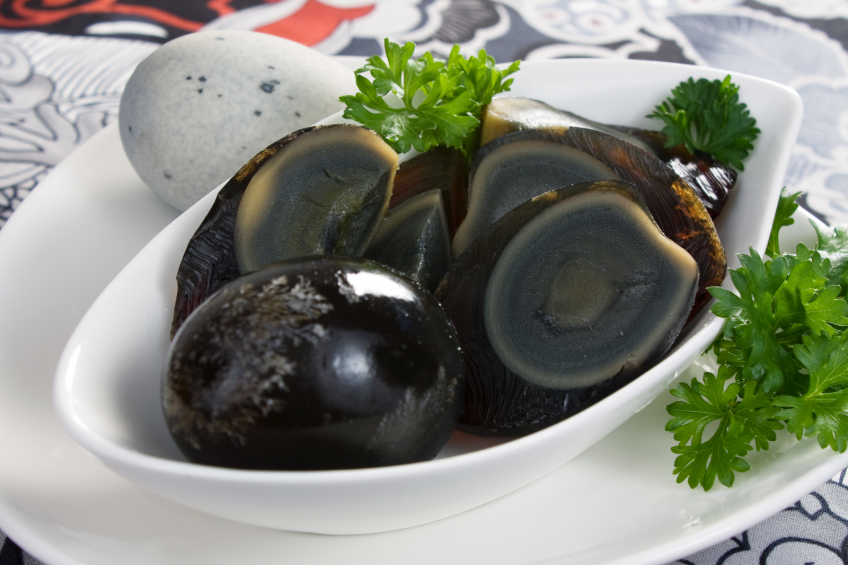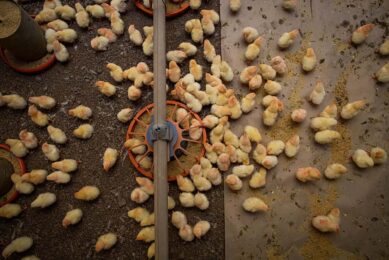Preserved duck eggs market segmentation analysis

Some American consumers are biased when it comes to salted duck eggs imported from China.
Salted duck eggs and preserved duck eggs, also known as ‘century eggs’, were originally developed in China centuries ago to extend the shelf life of duck eggs in the absence of refrigeration. These egg products are still widely consumed today, especially in Asia, and are key ingredients in a variety of East and South-East Asian dishes.
Worldwide production of shell eggs from ducks and geese have seen a 32% increase since 2002, exceeding 87 billion in 2012, with 94% of production concentrated in Asia. The growing Asian population in North America may be a market opportunity for local producers and processors to substitute local for imported ethnic foods. In previous studies on the potential in regional consumer markets for locally produced ethnic Asian foods, it was found that immigrants are open to buying locally produced food and will even pay a premium for it. In the salted and preserved duck egg categories, imports dominate the North American market. Yet there have been several food safety and quality assurance issues associated with these imported goods, including lead contamination in preserved duck eggs, and prohibited Sudan red dye in salted duck eggs.
Duck egg consumer market consists of 5 market segments
This study examined the importance of selected salted and preserved duck egg product attributes to consumers when buying and these buyers’ attitudes and beliefs regarding duck egg products. Based on the findings, the consumer market was segmented and the marketing opportunities reviewed. Results from a principal component analysis among Chinese households suggest the existence of five market segments, described as Enthusiasts, preserved egg Potentialists, Pragmatists, Health Sceptics (salted duck eggs), and Neutralists (preserved duck eggs). Significant differences were found between segments in terms of attitudes and the importance placed on product characteristics. Health Sceptics, preserved egg Potentialists, and Pragmatists of both egg products were significantly biased against Chinese imports compared with the others. Except for Enthusiasts, segments disagreed on whether eggs are ‘Healthy Products’. Preserved egg Enthusiasts had a significantly lower acculturation score compared with all others, while salted egg Enthusiasts had a lower score than Health Sceptics. All segments rated “produced in British Columbia, not mainland China” products in the “neutral to very likely” range for increasing their satisfaction with the eggs. Results also indicate that buyers of each egg type are willing to pay an average premium of at least 10% more for BC produced products versus imports, all other characteristics being equal. Overall results indicate that opportunities exist for local producers and processors.
Jennifer Arthur, Kelleen Wiseman, and K. M. Cheng, Poultry Science 94,1942–1956
Join 31,000+ subscribers
Subscribe to our newsletter to stay updated about all the need-to-know content in the poultry sector, three times a week. Beheer
Beheer








 WP Admin
WP Admin  Bewerk bericht
Bewerk bericht